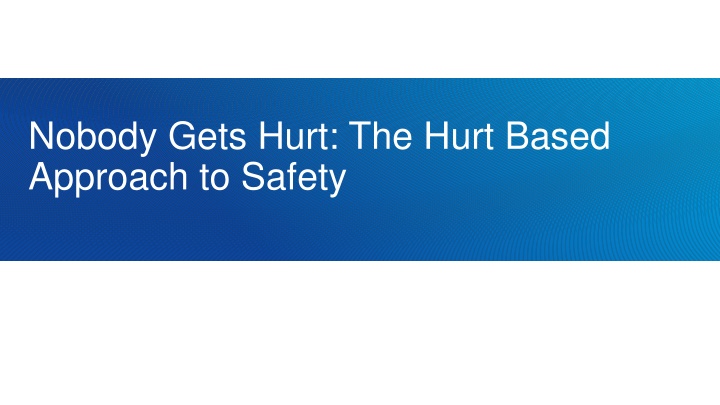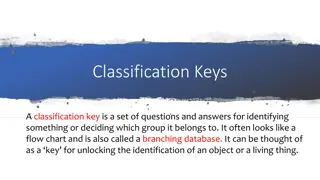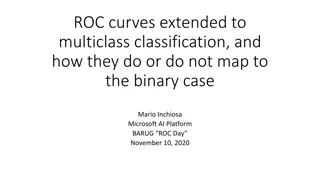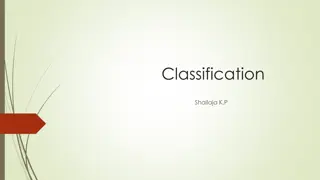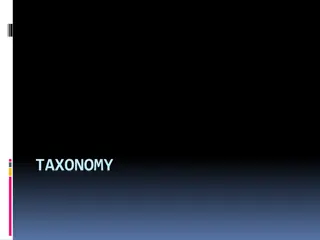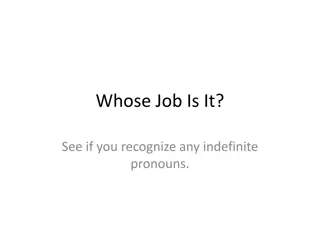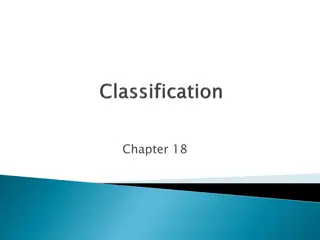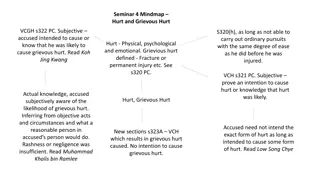Nobody Gets Hurt: A New Approach to Safety Classification
Introducing a new Hurt-Based Approach to Safety Classification that focuses on true human impact, potential severity of injuries, and actionable learnings from near misses. Contrasting the Traditional Safety Model, this approach redefines Hurt Levels and emphasizes effective communication to prevent incidents. The shift highlights the importance of accurately assessing consequences and promoting a culture of safety in workplaces.
Download Presentation

Please find below an Image/Link to download the presentation.
The content on the website is provided AS IS for your information and personal use only. It may not be sold, licensed, or shared on other websites without obtaining consent from the author.If you encounter any issues during the download, it is possible that the publisher has removed the file from their server.
You are allowed to download the files provided on this website for personal or commercial use, subject to the condition that they are used lawfully. All files are the property of their respective owners.
The content on the website is provided AS IS for your information and personal use only. It may not be sold, licensed, or shared on other websites without obtaining consent from the author.
E N D
Presentation Transcript
Nobody Gets Hurt: The Hurt Based Approach to Safety
Traditional Safety Model Incidents are classified into consequence categories based on the treatment provided Benefits of Traditional Approach Supports historical benchmarking Consistent with Government requirements Shortcomings of Traditional Approach Not well aligned with Nobody Gets Hurt Not descriptive of true human impact Excludes the potential injury severity Can imply that focus is on minimizing treatment/recordables rather than injuries 2
Hurt-based Severity Levels reat ent- ased lassifications urt- ased e els Fatality Multiple Fatalities LTI 5 RWI Fatality 4 Severe Hurt 3 MTI Moderate Hurt First Aid 2 No Treatment 1 Minor Hurt Near Miss, Unsafe Act / Condition No physical body damage, but actionable learnings 0 3
Communication Basics HL## HL = Hurt Level # - First number is the Actual Hurt Level (AHL) # - Second number is the final Potential Hurt Level (PHL) Examples: HL00: Laboratory chemical splash has no impacts owing to proper PPE HL00; Hammer falls 40 feet; effective barriers in place HL04; Hammer falls 40 feet into unprotected work zone HL23; Glove in moving equipment fractured wrist, could have lost hand HL44; Spotter struck by excavator fatally injured NOTE: Certain HL00 events should be considered for wide learnings sharing as acknowledgement and reinforcement of effective barriers. 4
Personnel Safety example of the traditional approach Actual Consequence Multiple Fatalities (Level 5) 0 5555 Total Events Fatality (Level 4) 0 Life-Altering (Level 3) 5 Moderate Hurt (Level 2) 50 Minor Hurt (Level 1) 500 No Hurt (Level 0) 5000 5
Personnel Safety The same data expressed as Mining the Diamond High Potential Consequence Multiple Fatalities (Level 5) 0 5555 Total Events Fatality (Level 4) Including 200 PHL3+ Events (life- altering or fatal potential) 0 Life-Altering (Level 3) 5 Moderate Hurt (Level 2) 15 35 200 Minor Hurt (Level 1) 40 460 No Hurt (Level 0) 140 4860 6
Mining-the-Diamond Eliminating Higher Potential Events Maintain Vision to Prevent all Hurts yet, Understand the Higher Risk Activities Address Higher Risks; Prioritize on Potential Eliminate Life-Altering or Fatal Injuries Recordability is not a consideration in deter ining in estigation or co unications 7
HL04 Scenario #1 Dropped / Falling Object Incident Description: During construction activities, an 8.0 kilogram sheave fell from a height of 25 meters landing on deck below. No one was in the area. Everyone was aware of the activity and hazards from falling objects had been discussed in the pre-job task assessment. Actual Hurt Level (AHL): Is there evidence of physical body damage that meets Hurt definition? No. AHL = 0 Potential Hurt Level, worst case (PHLwc): Highest feasible-but-reasonable worst case scenario? Use Drops Calculator to determine PHLwc. PHL5 not feasible but single fatality is reasonable. P wc = 4 for e ent Effective Barriers: Any pre-event barriers in place that mitigated or eliminated the PHLwc? No, it appears only luck/timing prevented the dropped object from hitting someone. Barriers Less than Adequate: What barriers could have, but didn t, mitigate the PHLwc? Safety lines to sheave, drop zone, dedicated observer, sublevel clearance, etc. PHL Rationale: PHLwc based on a single fatality. PHLf same because there were no effective barriers that prevented or reduced the potential for the injury. Potential Hurt Level, final (PHLf): After considering effective barriers, if any, what is the final PHL? No effective barriers. Random chance / luck that no one was in the area. P f = 4 for e ent 9
HL12 Scenario #2 Ergo Incident Description: Over the past several weeks, personnel has been feeling tingling and intermittent pain in his wrists. Recently the pain and weakness has increased and now seems to return quickly after commencing any activity. Personnel reports the issue to his supervisor who sends him to the Clinic where prescription medication is recommended along with limited computer use. Actual Hurt Level (AHL): Is there evidence of physical body damage that meets Hurt definition? Yes, based on MOH / LHCP decision to provide medication and rest. AHL = 1 Potential Hurt Level, worst case (PHLwc): Highest feasible-but-reasonable worst case scenario? A chronic illness such as an MSD/RSI can escalate to become life-altering if not properly managed. PHLwc = 3 Effective Barriers: Any pre-event barriers in place that mitigated or eliminated the PHLwc? Ergo management program, post-event medical response capability Barriers Less than Adequate: What barriers could have, but didn t, mitigate the PHLwc? Lack of timely reporting to Supervisor, inadequacy of ergo management program early detection PHL Rationale: PHLwc based on prolonged, debilitating chronic illness. PHLf discounted because of ergo management program and post-event medical response capability. Perhaps questionable 2vs3? Potential Hurt Level, final (PHLf): After considering effective barriers, if any, what is the final PHL? Reasonable to expect any escalation to be maintained within one level. PHLf = 2 10
